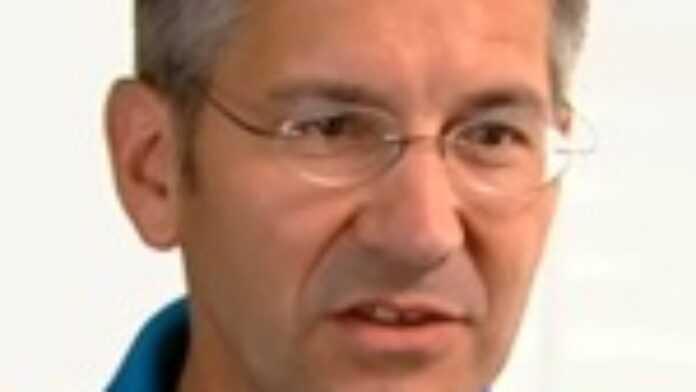
In an exclusive interview, Herbert Hainer, CEO Adidas, speaks openly and honestly about his efforts to knock Nike off the Top Spot in 2010 by leveraging the firm’s $200 million World Cup sponsorship push to its full advantage.
Currently within spitting distance of Nike’s 2007 €11.1 billion revenue, Herbert explains how the World Cup equates to big wins for brands like Adidas in terms of sponsorship, advertising and exposure. “The World Cup is definitely the biggest event for us,” he admits, adding that football is in the DNA of the sporting giant.
Already it is widely known that Adidas will have the greatest sanctioned presence during this month’s FIFA World Cup. Not only is the brand an official top-tier partner of the tournament, but it also sponsors the highest number of teams competing in the finals – boasting the likes of Argentina, France, Spain, Germany, and host nation South Africa among those teams that will be brandishing the famous three-stripe logo. As such, Herbert promises to capitalise on such marketing investment with new and exciting products to market.
“In my opinion this industry is clearly product-driven and the product is innovation. Innovation, in my opinion, is the key to success.” Herbert continues, “we have to bring out one complete new innovative product every season, and so far we have even exceeded this promise. We are bringing permanently new, innovative products to the market, and I think this is one of the key success factors for us.”
Such innovative thinking does not go unnoticed. For the 11th year in succession, for instance, Adidas has earned the right to field their version of a world-class official ball. The “Jabulani” ball, which means “to celebrate” in Bantu, will be used by the world’s biggest sports stars this summer as a result.
The innovation of the Adidas ball, is mind-blowing. Featuring completely new, ground-breaking technology, the ball is constructed of eight 3-D spherically formed EVA and TPU panels that are moulded together, resulting in an energetic unit combined with perfect roundness. In addition, it seems the number 11 adds further symbolism to the ball, not only signifying the 11th year that Adidas have created the official World Cup ball, but also highlighting other heavy cultural references: the 11 tribes of South Africa; and the number of players in a football team. And, in honour of this, 11 colours are used on the official design.
Nike, meanwhile, are fighting back. Adidas’ biggest rivals recently released an advertising video that went viral in just 10 days, with over 8.5 million plays on YouTube. The question now is, as competition heats up on the field, how will these sporting giants face the music off the pitch as well?
Adidas CEO speaks out exclusively for MeetTheBoss.TV about the World Cup and competition off the field against Nike


